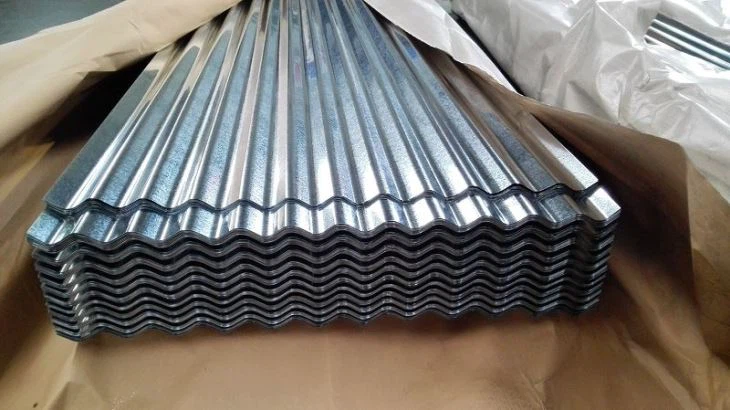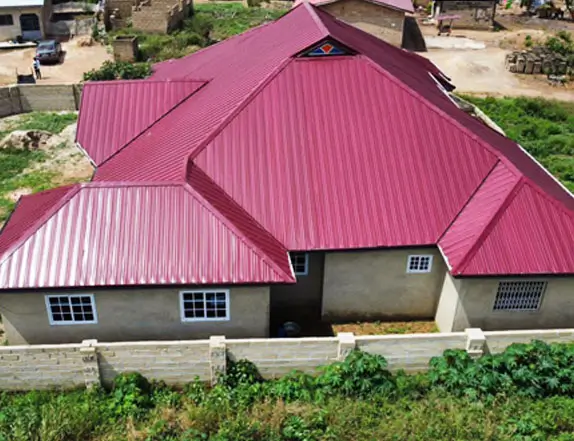Introduction
Aluzinc roofing sheets, celebrated for their durability and corrosion resistance, are becoming a cornerstone in modern construction. With advancements in roll forming machine technology, manufacturers are now able to produce Aluzinc sheets in unprecedented sizes and specifications, catering to diverse architectural needs. This article explores the evolving size landscape of Aluzinc roofing sheets and the critical role of roll forming machines in this transformation.
Aluzinc Roofing Sheet Size Specifications
1. Core Size Parameters
Thickness: The current mainstream specifications range from 0.12-3.0mm, with 0.3-0.7mm thickness emerging as the most popular choice for balancing strength and cost.
Width: The width has expanded from traditional 600-1250mm to 914-1500mm, enabling larger modular roof panels that reduce seams and improve structural integrity.
Length: Custom cutting capabilities allow for minimum order quantities as low as 25 tons, catering to bespoke projects.
2. Customization Trends
RAL Color Matching: Offerings span over 1000+ colors, supporting branding and aesthetic requirements in commercial and residential projects.
Complex Profiles: Roll forming machines can produce U-shaped, C-shaped, and wavy cross-sections with ±0.01mm tolerance, challenging the limitations of traditional stamping methods.
Technological Breakthroughs in Roll Forming Machines
1. Flexibility and Efficiency
Multi-Specification Compatibility: Single machines can switch between producing 0.3-1.5mm thickness and 600-1500mm width Aluzinc sheets, reducing downtime.
Automation Integration: Equipped with CNC programming and AI quality control systems, defect detection accuracy reaches 99.5%, and yield rates improve to 98%.
2. Cost Optimization
Material Utilization: Waste rates drop from 15% in stamping to 1-3% in roll forming, translating to 80−120 savings per ton.
Rapid Delivery: On-site roll forming capabilities allow for 15-21 days from order to delivery, minimizing logistics costs.
2025 Price Trends and Market Dynamics
1. Cost Drivers
Zinc Coating Costs: Coatings ranging from 40-275g/m² significantly impact pricing, with high-performing coatings (e.g., AZ55) commanding a 20% premium.
Regional Pricing: North American markets face 30-40% higher终端售价(end-user prices) due to tariffs and transportation, while China maintains competitive pricing (15-40% lower than Europe).
2. Competitive Landscape
Market Leaders: Top manufacturers like Gasparini SpA and Bradbury Co. dominate with high-end machines (>$60,000/台) that integrate laser welding and AI, capturing 60% of the market.
Emerging Markets: Southeast Asia, with its low labor costs and supportive policies, is becoming a hub for cost-effective Aluzinc sheet exports.
Application Case Study: Residential Roofing in the Philippines
Project Overview: A Philippine developer aimed to produce 500㎡/day of 0.5mm thick, 914mm wide Aluzinc sheets for a housing complex.
Implementation: By adopting Randro Machinery’s fully automatic keel forming machine (45m/min production speed), the project achieved 40% efficiency gains compared to traditional methods.
Conclusion
The evolution of Aluzinc roofing sheet size and roll forming machine technology is driving a new era of efficiency, sustainability, and design innovation. As manufacturers continue to push the boundaries of what’s possible, stakeholders must prioritize modular procurement and regional supply chains to optimize costs.


